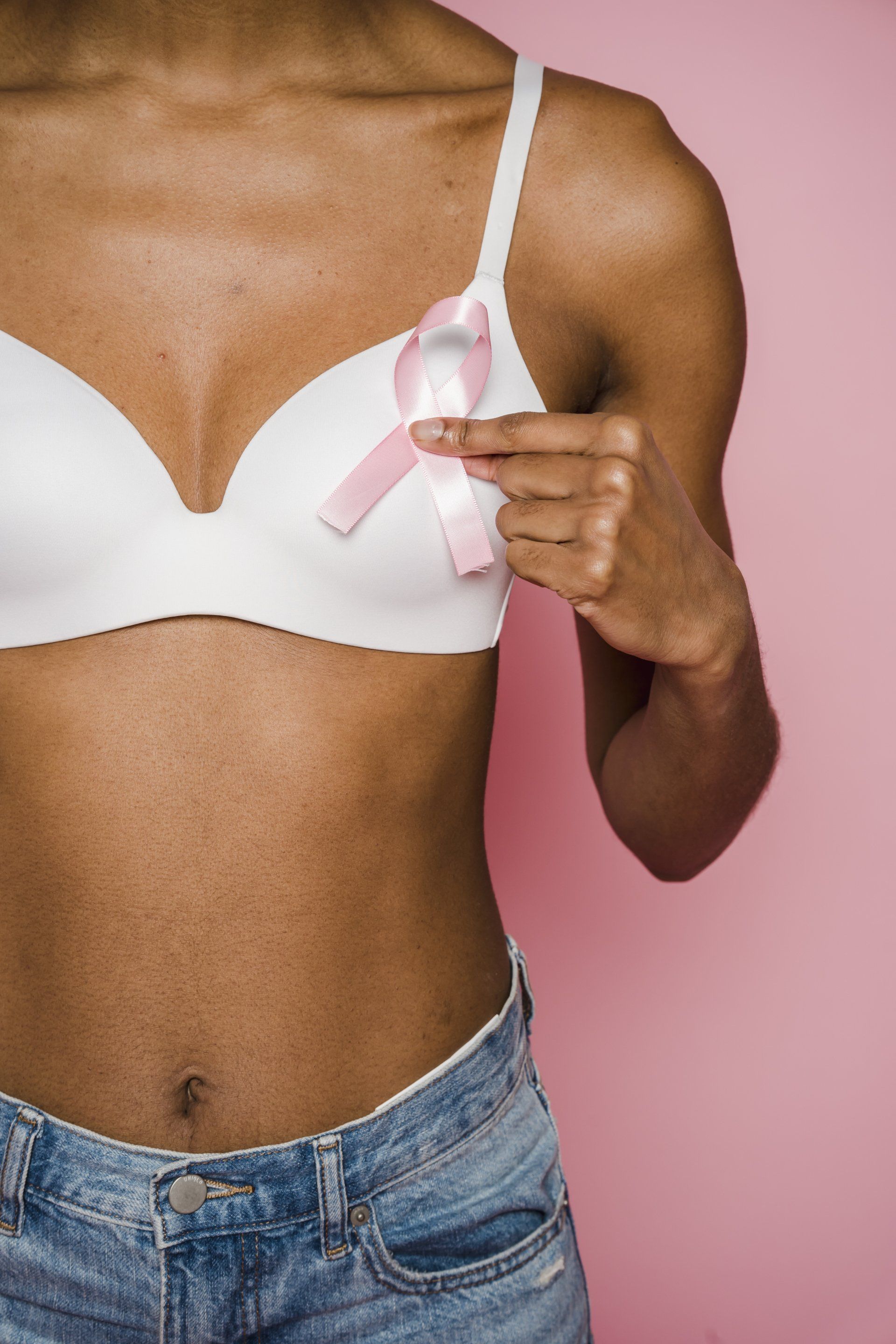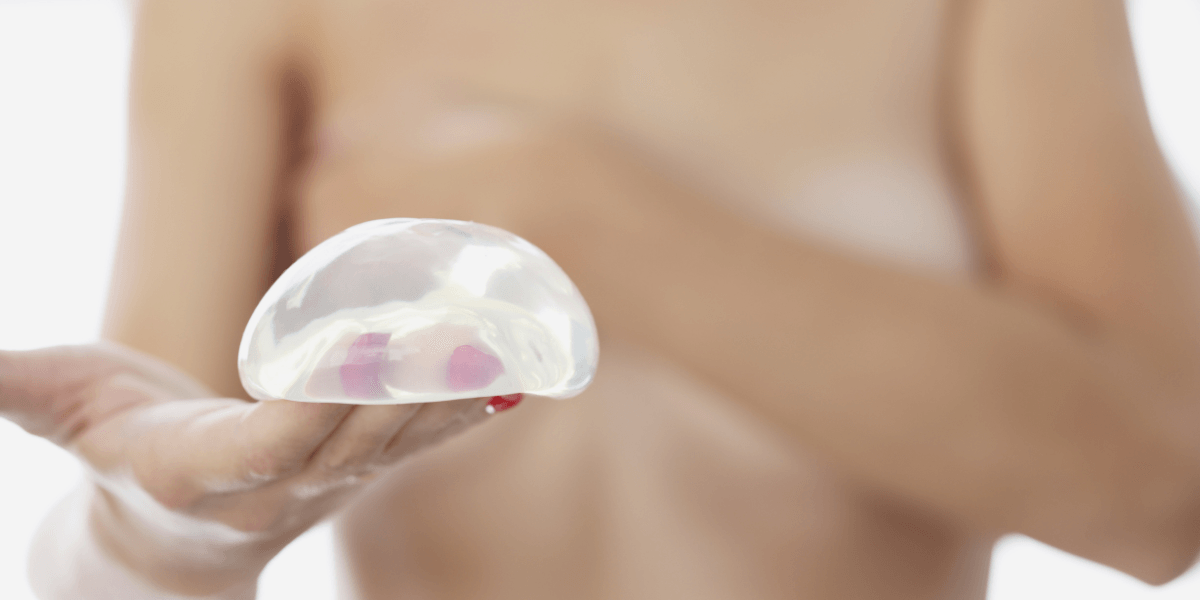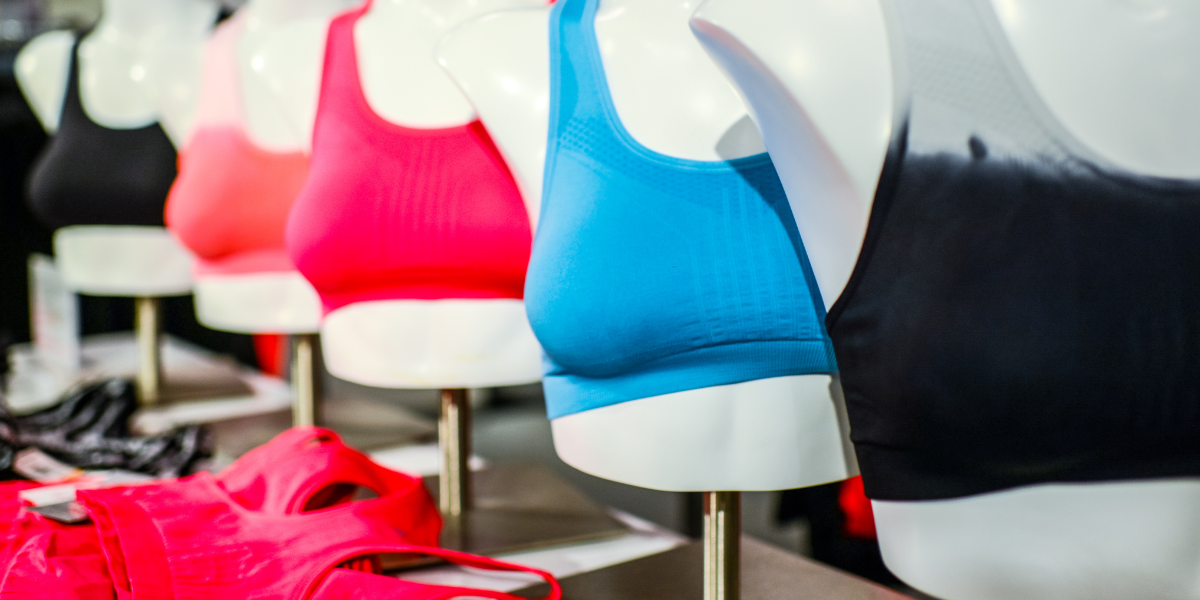Breast Cancer And Exercise: The Role Of Physical Activity In Women With Breast Cancer
For many women, a diagnosis of breast cancer can be a shock. In addition to the emotional toll, a breast cancer diagnosis can also take a physical and mental toll.
One of the best things you can do for your mind and body is to get active and exercise regularly. Research suggests that exercise can play a role in helping to prevent breast cancer, and it can also help women who have been diagnosed with breast cancer.
Here, we'll discuss the role of exercise in breast cancer prevention and treatment, and how you can get started today.
RELATED: How To Prepare For A Mammogram: Your Ultimate Guide
Exercising with Breast Cancer: The Effects of Staying Fit
About Breast Cancer
When it comes to breast cancer, there are a few things that we know for sure.
First, it's the most common type of cancer in women, and second, it's the second leading cause of cancer death in women.
In the United States, it's estimated that one in eight women will be diagnosed with invasive breast cancer at some point in their lifetime.
There are a number of risk factors for breast cancer, including:
- age
- family history
- personal history of breast cancer
- obesity
- alcohol consumption
- hormone replacement therapy
While there are many things that we can't control when it comes to our risk of developing breast cancer, there are some lifestyle choices that we can make that may help to reduce our risk, and one of those choices is exercise.
Exercise and Breast Cancer Risk
There's some evidence to suggest that exercise may help to reduce the risk of developing breast cancer by 12-21%.
There are several mechanisms by which exercise may lower breast cancer risk, including:
- Exercise Helps to Control Your Weight
Obesity is a risk factor for many types of cancer, including breast cancer. By maintaining a healthy weight, you can help keep your breasts cancer-free.
- Exercise Helps Improve the Way Your Body Uses Insulin
Insulin is a hormone that helps your body turn sugar into energy. When your body doesn't use insulin effectively, it can lead to high levels of insulin in your blood (a condition known as insulin resistance).
Insulin resistance is a risk factor for several types of cancer, so keeping your insulin levels in check is important for cancer prevention.
- Exercise Helps Reduce Inflammation throughout Your Body
Inflammation is a natural process that helps our bodies heal from injury, but chronic inflammation can contribute to the development of cancer. So by keeping inflammation at bay with exercise, you can help lower your risk of developing breast cancer.
- Exercise Helps to Improve Your Immune Response
Your immune system is your body's first line of defense against infection, and it also plays a role in cancer prevention. Exercise has been shown to boost the immune system, which means that it can help your body fight off cancer cells.
Exercise and Breast Cancer Treatment
Exercise isn't just good for preventing breast cancer; it's also beneficial for people who've already been diagnosed with the disease.
First and foremost, exercise can help improve your overall quality of life during breast cancer treatments by helping to reduce fatigue and improve your energy levels.
However, breast cancer patients who are undergoing radiation therapy may find it difficult to exercise due to fatigue and nausea. Additionally, they may be concerned about the side effects of radiation therapy.
However, there are many ways to stay physically active during radiation therapy, including walking, stretching, and lightweight exercises.
Furthermore, exercise has been shown to improve survival rates in women with high-risk breast cancer or metastatic breast cancer. One study found that women with breast cancer who exercised regularly were 28% less likely to die from their disease than women who didn't exercise.
For breast cancer survivors, it's important to find a routine that's comfortable and safe. If you're unsure about starting an exercise program, talk to a healthcare professional or a certified fitness professional. They can help you develop an exercise plan that's right for you.
Exercise and Breast Cancer Recurrence
There's also some evidence to suggest that exercise may help to lower your recurrence risk.
One study found that women with breast cancer who exercised for at least 2.5 hours per week had a reduced risk of recurrence than women who didn't exercise.
Additionally, another study found that active women had a reduction of 26-40% in the risk of breast cancer recurrence.
So, if you're looking for ways to reduce your recurrence risk, consider adding more exercise to your routine. Not only will it make you feel better, but it could also save your life.
Exercise and Breast Cancer Surgery
Some people think that they should not exercise after breast surgery. However, exercise has actually many benefits for people who've undergone breast cancer surgery. It can help to:
- improve mood
- increase energy level
- reduce stress
- promote a sense of well-being
Of course, it's important to check with your doctor before starting any fitness program.
If you've had a mastectomy, you'll need to take care to protect your surgical incisions as you heal. Once your incisions have healed, you can start slowly adding some gentle exercises back into your routine.
If you've had a lumpectomy, you'll also need to take care of your incisions as they heal. Once they've healed, you can resume your normal exercise routine.
In either case, it's important to listen to your body and not push yourself too hard too soon.
You may find that wearing a supportive sports bra helps you to feel more comfortable as you ease back into exercising. Sports bras provide support and comfort while you're exercising and can help prevent pain and irritation.
There are many different types of sports bras available, so talk to your doctor or physical therapist to find one that's right for you. With the right precautions, exercise can be an important part of your post-surgery recovery.
RELATED: What Is A Wellness Exam For A Woman And Why You Should Get One
Exercises You Can Do after Breast Surgery
Here are some examples of exercises that you can do after surgery:
- Range-Of-Motion Exercises
These exercises increase your flexibility and prevent stiffness. To do these, slowly move your arms and legs in a circular motion.
- Shoulder Blade Squeeze
This improves your posture and prevents pain. To do this exercise, squeeze your shoulder blades together and hold for 5 seconds.
- Deep Breathing Exercises
These exercises help to expand your lungs and improve circulation. They can be done by taking deep, slow breaths and exhaling slowly.
- Side Bends
Side bends help to stretch your muscles in the sides of your body. To do this, stand with your feet shoulder-width apart and slowly bend to one side and then the other.
- Shoulder Blade Stretch
This exercise improves the range of motion in your shoulders. It can be done by clasping the hands behind the head and gently pulling the elbows back.
- Wall Push-Ups
Wall push-ups help to strengthen your chest muscles. To do this exercise, stand with the palms of your hands against a wall, then push away from the wall.
- Wand Exercise
This strengthens the muscles in your arms. To perform this exercise, hold a lightweight wand in each hand, and move your arms in a wide, circular motion.
- Elbow Winging
This exercise helps to stretch the muscles around your breast. It can be done by holding the elbows out to the sides and moving them up and down.
How Much Physical Activity Is Enough?
The American Cancer Society and the U.S. Department of Health and Human Services recommend at least 150 minutes per week of moderate physical activity or aerobic exercise (such as brisk walking or riding a stationary bicycle). This equates to about 30 minutes of exercise five days per week. Muscle-strengthening activities should also be included two to three days per week.
But remember, even small amounts of regular physical activity can have some benefits, so if you're just getting started, every little bit counts!
How Do You Stick to an Exercise Program?
If you're having trouble sticking to a fitness program, there are a few things you can do to make it easier:
- Find an Activity That You Enjoy
If you don't enjoy the exercise you're doing, you're less likely to stick with it. So, find an activity that's enjoyable for you. This could be walking, swimming, biking, or even gardening.
- Set Realistic Goals
Don't try to do too much too soon. Start slow and gradually build your activity level as you become more comfortable.
- Find a Support System
It's easier to stick to an exercise program when you have someone to help motivate and encourage you. Ask a friend or family member to exercise with you or join a fitness class or group exercise program.
The Bottom Line
Exercise may play a role in both the prevention and treatment of breast cancer, so it's definitely worth incorporating into your life if you can.
However, it's important to remember that exercise is just one piece of the puzzle when it comes to breast cancer. There are a number of other things that you can do to reduce your risk, including maintaining a healthy weight, eating a healthy diet, limiting your alcohol consumption, and getting regular screenings.
But if you're looking for something that you can do right now to make a difference, then follow the physical activity guidelines above, start exercising, and make physical activity a part of your breast cancer journey!
Up Next:










